By Valerie Poulos | February 22, 2017
Becoming aware: My daily commute is all of one hour, door to door. Within that hour, I drive, park, walk, ride the green line, and then walk the last half mile to get to the front door of my brick-faced office. If you are like me, and take the same route (or some version of it) each day, your commute becomes a part of your urban identity – you get to know the streets, prefer one train car over another, become familiar with the stains on the sidewalk, brace yourself for the corners where the wind whips the hardest and coldest, and hold your breath when you pass that one alley. Often I even walk past the same people, at the same time of day (totally impressed with those that can trek in anything other than gym shoes). I would like to think that these semi-rituals help foster attachment, and in some ways, they do. Yet I often feel disconnected, as if the sidewalks were not meant for me (or my fellow commuter, as we bump shoulder to shoulder, and grimace at the slow-poke ahead). The importance of civic engagement and overcoming disinterest are common issues for urban planners in today’s mobile device-addicted world. There is a need for heightened awareness of our urban environment and better connection to one another, and this has pushed and pulled planners to re-think and re-imagine ways to build a relationship between all spaces in urban cities (and beyond), and to do so quickly, inexpensively, and creatively. Temporary creative ideas should continue to have a presence and place in our planning world, if for nothing but letting people experiment with their urban environment.
Time, it’s on our side: The identity of a place and its spaces should reflect the agency of its inhabitants. Needs can be met by addressing issues and investing in carefully-planned solutions. However, we often believe it takes huge investments of time and money to transform a dense space into a more inclusive and efficient urban space. In fact, it is possible for actions and strategies to be tactically planned, cost less, and achieve a sense of urbanism. Sometimes called Tactical Urbanism – though we don’t much like the buzzword — it promotes flexibility and undermines shortcomings that a long-term plan may present, such as time and budget constraints or delays in services. Whatever it is called, it should be used more often as a tool to engage and attract the masses.
Fun, fun fun: An immediate urban need can help us reflect on how much time it can take to implement a long-term plan. Every day I leave my house at 7:15am and return at 7:00pm, with time simultaneously fleeting and dragging. I probably represent a large population of the workforce who simply does not have the time, energy or interest to attend community workshops, especially a long series of workshops spanning a year or more. Popup urban designs can help someone like me, head down, fixated on the daily grind, to immediately participate in community and urban solutions. There are many creative small-action “tricks” to help busy people participate in improving their communities. Even if physical participation does not occur, becoming aware of a quick change in environment, possibly during a commute, can help foster a better understanding of and interaction with the space around us – and it can be fun! Testing short-term designs that are implemented quicker and cheaper, and engaging invested residents or daily commuters with music, art, games, or even exercise, can support the creative reshaping of the use of spaces.
Go ahead, test it: Implementing this sort of immediate urbanism, or popup urbanism, to tackle planning issues like residential and urban flooding can help test the success or failure of this short-term tool. There is a lot of investment in, and popularity of, green infrastructure, but popup green infrastructure is literally taking root – adjusting to our mobile attention and transient interests. For example, in Brooklyn reusable dumpsters are being potted with soil and native plants, then parked in strategic alleys to reduce stormwater runoff. As always, these urban designs should be accompanied with colorful and eye-catching signage, describing each goal and tactic. Another example is Depave, a movement based in Portland, Oregon, which has overcome social and environmental disinvestment. Depave originally started out as a short-term tactical urban design to mitigate stormwater runoff and create community green spaces by simply removing unnecessary blocks of concrete. Over time, the retrofitting process proved to be so successful that it blossomed into a long-term nonprofit organization striving to overcome social and environmental impacts of pavement (totally righteous!).
Style and grace: Although popup and handmade urbanism is not terrifically new in the planning world, it is an energetic movement that Depave and others continue to endorse. I hope it will garner enough enthusiasm from the public and planners alike that it will always be included and promoted as a viable (and quicker, cheaper, and way more fun) option in every planning agenda. The ability to choose alternative action for change and civic engagement should never go out of style.
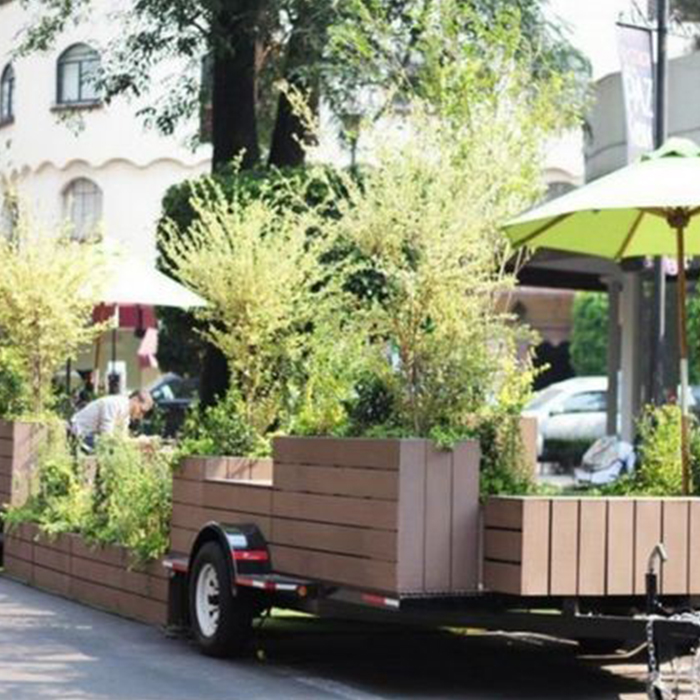
Photo 1: mobile green gardens/green infrastructure temporarily situated in parking lanes/where streets may flood.
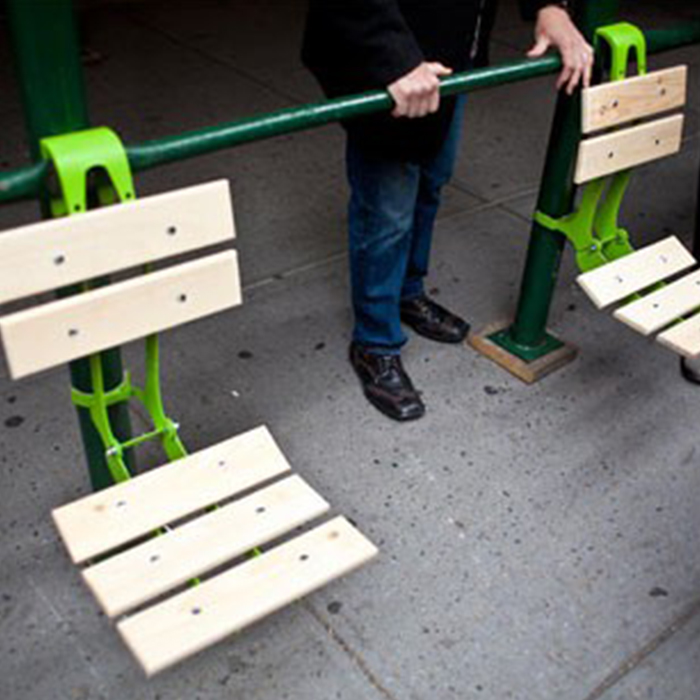
Photo 2: Sidewalk seating. Giving pedestrians and public transportation users a place for rest as well as the chance to engage with one another.
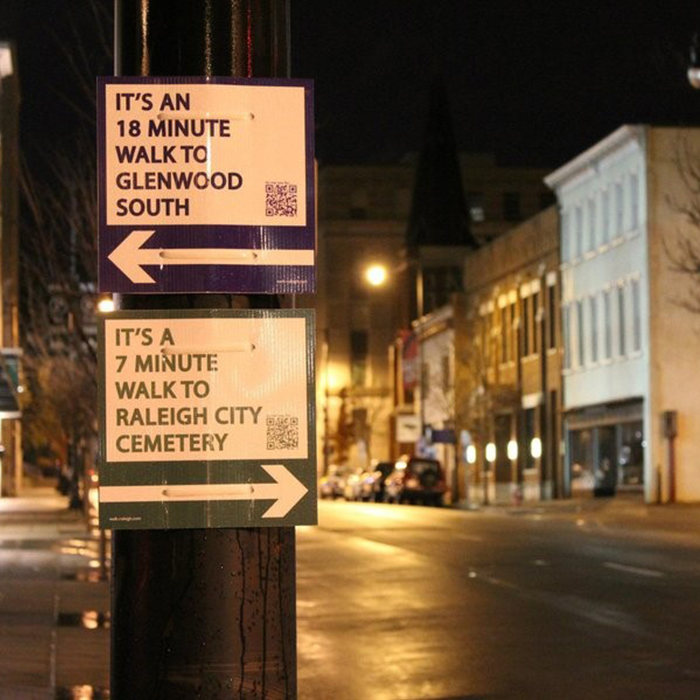
Photo 3: Handmade signs engaging the community and creating place identity and awareness.
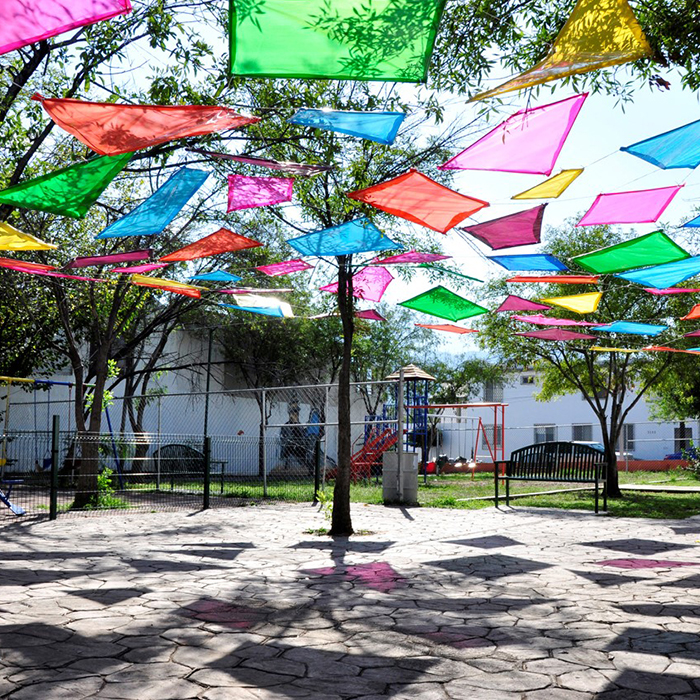
Photo 4: A cheap and quick solution to altering the built environment, creating shade in an otherwise sunny and hot plaza.
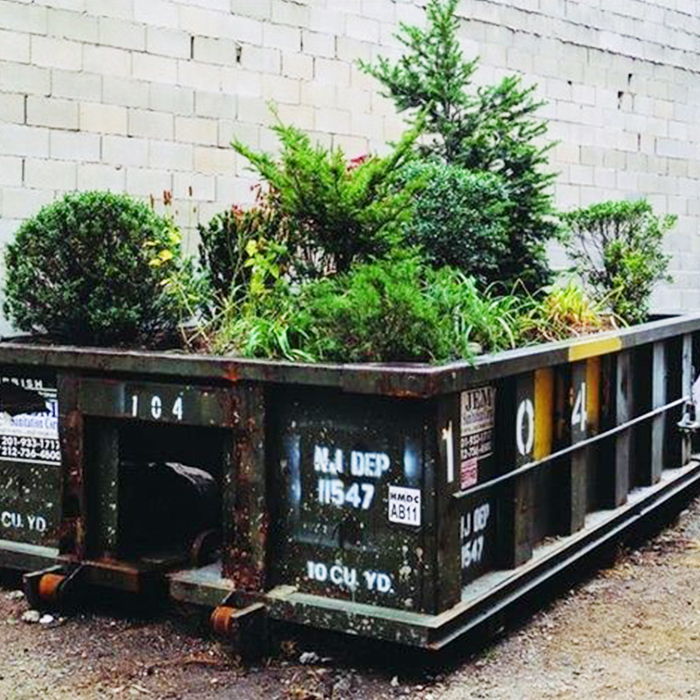
Photo 5: Urban dumpster garden – handmade urbanism.
